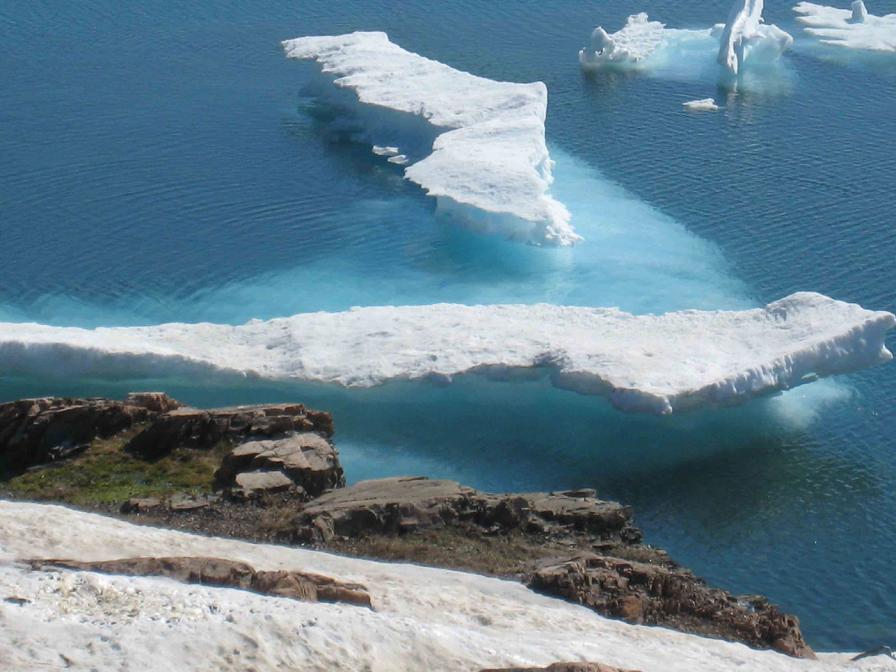The Northern Lights: A Cultural and Historical Perspective
The Northern Lights, also known as Aurora Borealis, are a natural light display in the sky, primarily visible in high-latitude regions. These mesmerizing lights are caused by the interaction of charged particles from the sun with the Earth's atmosphere. The result is a stunning celestial show of vibrant colors and dancing patterns that have captivated cultures and civilizations for centuries.

Cultural Perspectives
Indigenous Beliefs And Legends
- Many indigenous communities hold cultural and spiritual beliefs associated with the Northern Lights.
- Inuit legends often depict the lights as spirits of the dead or as a bridge between the living and the spirit world.
- Some Native American tribes believe the lights are a sign of good fortune or a warning of impending events.
Folklore And Mythology
- Across different cultures and regions, myths and legends have been woven around the Northern Lights.
- In Norse mythology, the lights were believed to be the reflection of the Valkyries' armor as they carried fallen warriors to Valhalla.
- In Chinese folklore, the lights were seen as a manifestation of dragons dancing in the sky.
Historical Significance
Early Observations And Records
- Historical accounts of the Northern Lights date back to ancient civilizations.
- Ancient Greek and Roman texts mention the lights as a celestial phenomenon.
- Explorers, travelers, and scientists throughout history have documented and observed the Northern Lights, contributing to our understanding of the phenomenon.
Artistic Depictions
- The Northern Lights have been a source of inspiration for artists across cultures.
- Paintings, drawings, and other forms of art have captured the beauty and wonder of the lights.
- These artistic representations provide a glimpse into the cultural and historical context of the Northern Lights.
Scientific Understanding
Modern Explanations
- Scientific advancements have led to a deeper understanding of the causes behind the Northern Lights.
- The lights are a result of the interaction between charged particles from the sun, known as the solar wind, and the Earth's atmosphere.
- When these particles collide with atoms and molecules in the atmosphere, they release energy in the form of light.
Scientific Exploration
- Research and expeditions have been conducted to study the Northern Lights.
- Scientists have employed various techniques, including ground-based observations, satellite data, and laboratory experiments, to unravel the mysteries of the phenomenon.
- Technological advancements have enabled scientists to observe and understand the Northern Lights in greater detail.
Contemporary Cultural Relevance
Tourism And Travel
- The Northern Lights have become a major tourist attraction.
- Regions with high chances of viewing the lights experience a significant influx of tourists during aurora seasons.
- Aurora-related tourism has a positive cultural and economic impact on local communities.
Environmental Awareness
- The Northern Lights are closely connected to climate change.
- Changes in the Earth's magnetic field and atmospheric conditions due to human activities can affect the frequency and intensity of the lights.
- Understanding the Northern Lights can provide insights into the impacts of climate change on our planet.
The Northern Lights, with their captivating beauty and cultural significance, have captivated humanity for centuries. From ancient beliefs and legends to modern scientific explanations, the phenomenon continues to inspire awe and wonder. As we delve deeper into the mysteries of the Northern Lights, we gain a greater appreciation for the intricate workings of our planet and the universe beyond.
YesNo

Leave a Reply